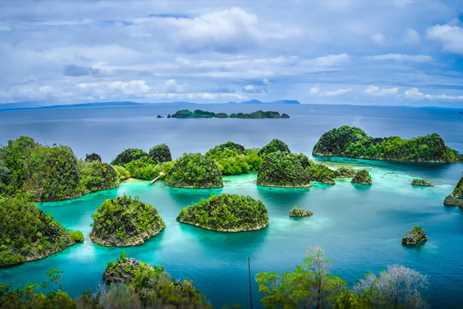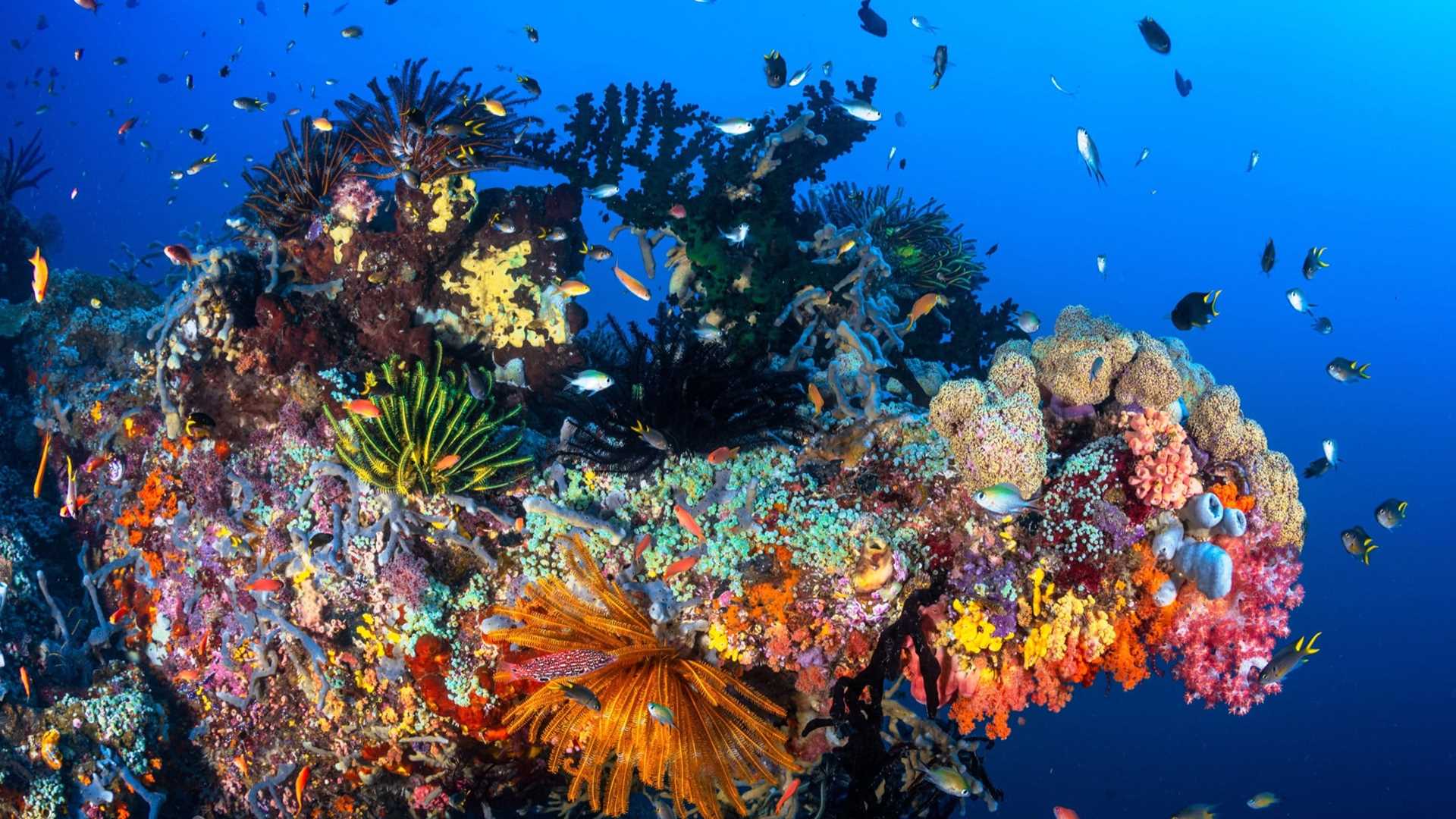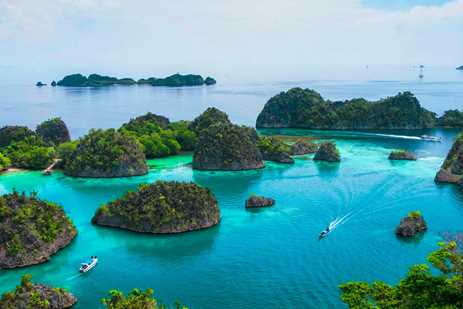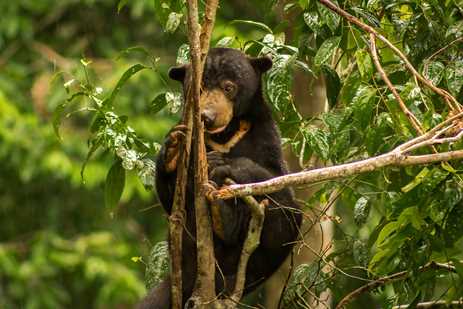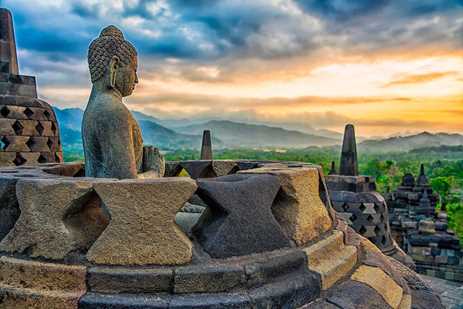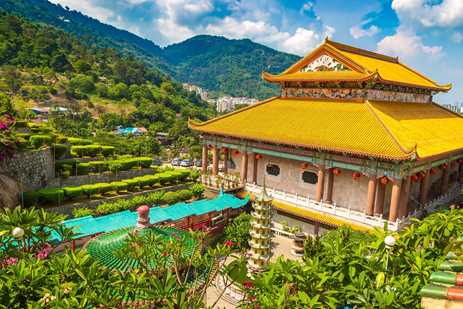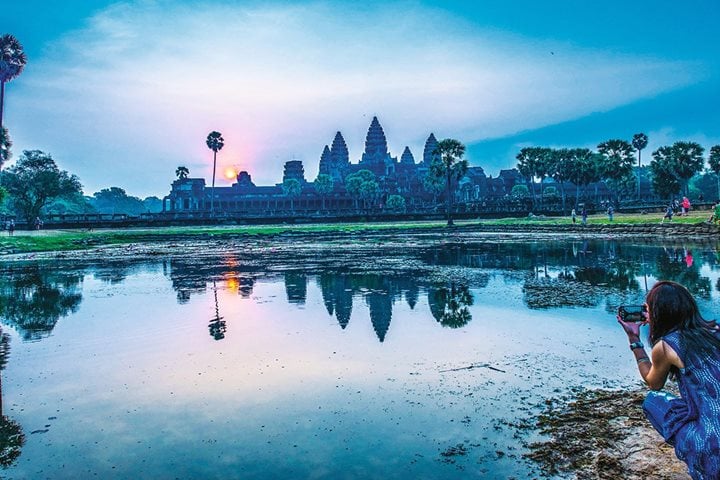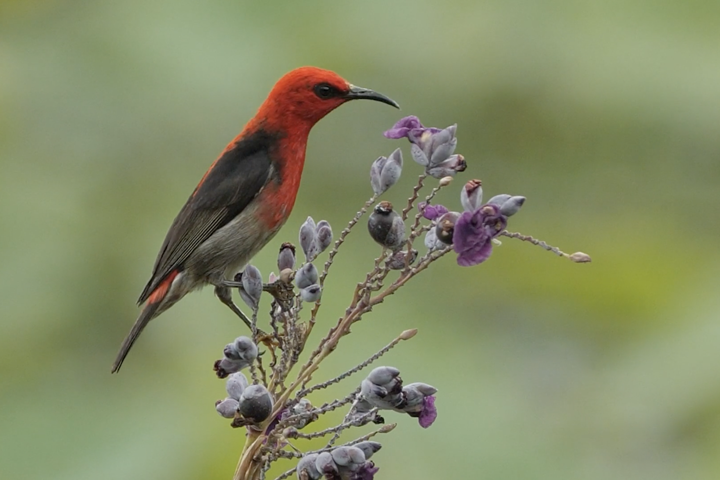Coral reefs are so much more than just beautiful underwater habitats. Although they cover only a tiny portion (0.02 percent) of the world’s oceans, a full quarter of all life in the sea depends on them for food and shelter—and they are also critical to humans. Healthy coral reefs provide food and livelihoods for people, act as barriers to coastal erosion and damage from storm surges, and coral is even used in human bone grafts. Get Inspired By Photos, Videos, Webinars, Stories, And Exclusive Offers. Sign Up
The planet’s most important coral reef system is the Coral Triangle, a 2.2 million-square-mile region that spans the Philippines, Indonesia, Malaysia, Papua New Guinea, the Solomon Islands, and East Timor. Here are five reasons this vibrant swath of ocean is one of the planet’s most treasured resources.
It's known as the "Amazon of the Seas"
Coral reefs are the rainforests of the ocean: complex ecosystems that support incredible biodiversity. The Coral Triangle is on par with the legendary Amazon, harboring the world's largest variety of marine animals. An incredible 3,000 species of reef fish can be found here as well as three-quarters of all species of mollusks like octopus, squid, and giant clams. Manta rays, sharks, and 22 species of dolphin find food in abundance as do giant marine animals like the world’s largest fish, whale sharks; and the most colossal animal ever to inhabit the Earth, the blue whale, is among its nine species of whales.

There are more species of coral here than anywhere else
An astounding 600 species of reef-building coral thrive in this bioregion that truly lives up to its name. To put that in perspective, there are only 60 coral species in all of the Caribbean. More than three-quarters of all known coral species—15 of which are not found anywhere else—compose the reef walls and ocean caves of the Coral Triangle. Indonesia’s Raja Ampat archipelago is the epicenter of this coral diversity. In turquoise waters with corals ranging from the massive boulder-like honeycomb to delicate tree-like carnation coral, snorkelers find many wonders including walls of fish and seven species of giant clam.

Residents speak more than 2,000 languages
The six countries that form the borders of the Coral Triangle are home to 390 million people who speak more than 2,000 languages. Of the top five most multilingual countries in the world, two in the Coral Triangle top the list: Papua New Guinea is first with 839 living languages, followed by Indonesia whose residents speak 707 languages. More than 80 percent of Papua New Guinea’s population lives in rural areas with minimal outside contact; and the same can be said about Indonesia, which is comprised of more than 17,000 islands. Tribes in both countries have long lived in isolation, relying on subsistence agriculture and living without cultural influences like television. It's this remote exclusion that has played a significant part in keeping so many languages alive.
Photo: Michael S. Nolan

It is a coveted destination for sea turtle lovers
This marine paradise is a refuge for endangered species such as the manatee-like dugong and the seven-foot coelacanth, which was swimming the ocean depths even before dinosaurs. However, it's sea turtles that capture the most hearts. You can find six of the world’s seven marine turtle species in the Coral Triangle. It is very rare that so many turtle species inhabit one region, but they are all drawn here by the great variety of mangrove and sea grass, both critical turtle habitats. Look out for the flatback turtle around southern Papua New Guinea; while hawksbill, green, leatherback, and olive ridley turtles all nest in Raja Ampat, a sea turtle sanctuary.
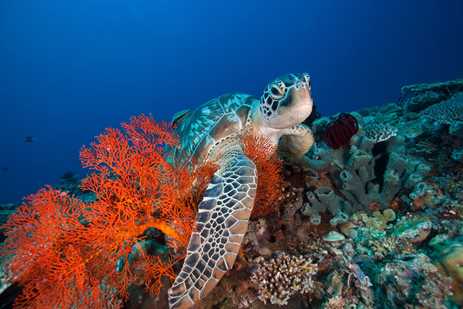
This region used to be a series of lakes
The diversity of coral and marine species in the Coral Triangle can be explained in several ways. It is a large area with plentiful coastlines, allowing more room and opportunities for species to evolve in a variety of habitats. Over the millennia, the region did not experience temperature fluctuations or changing sea levels as acutely as others, resulting in more species surviving. When water levels receded, reefs were near deep water, allowing life forms to migrate from disappearing habitats and survive; and when water levels rose, formerly isolated lakes and reefs became part of the present day ocean, bringing together many species that had already disparately evolved.
